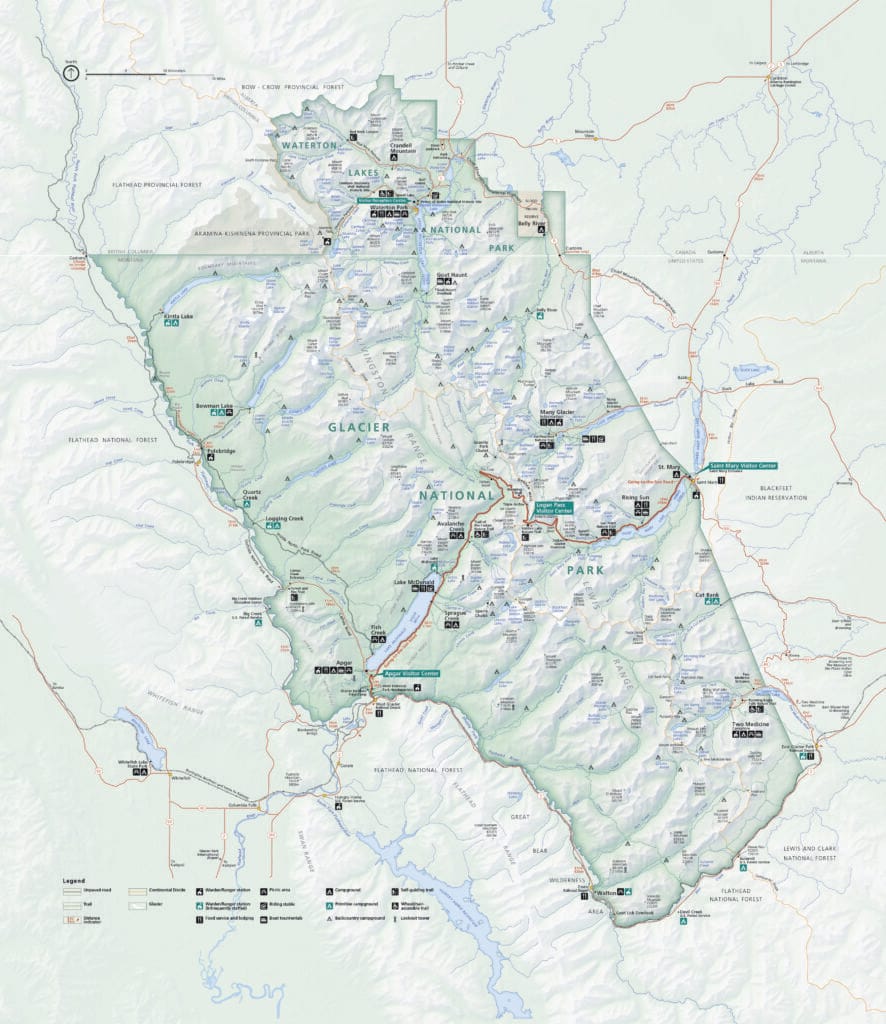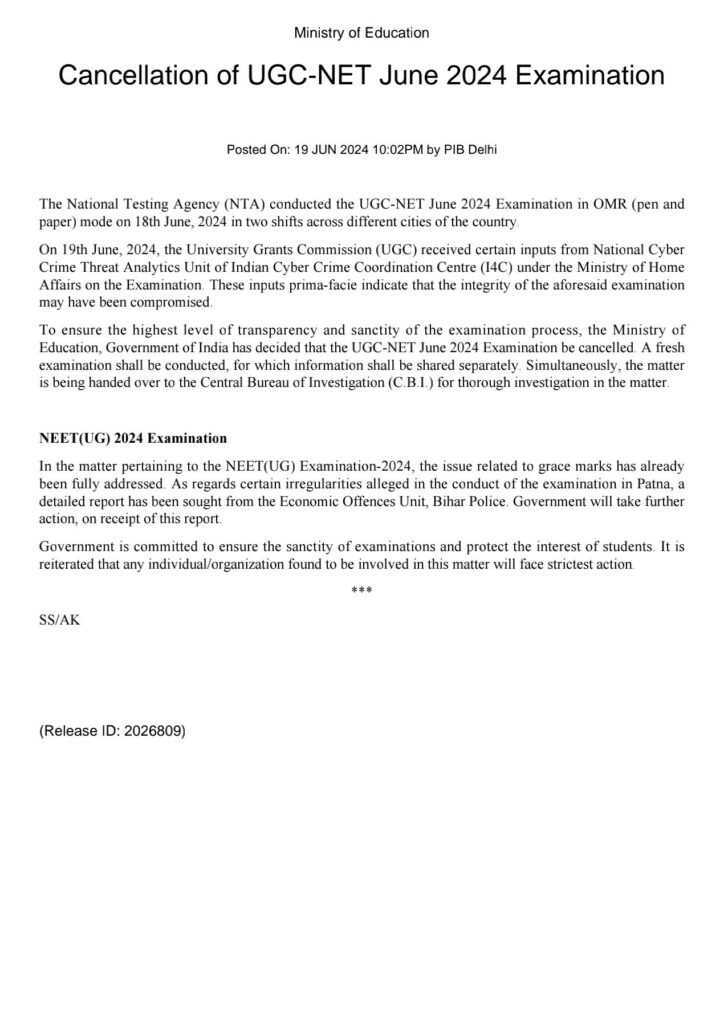Where is Glacier National Park situated? and How many acres is Glacier National Park?
Glacier National Park, situated in the northwestern region of Montana along the Canada–United States border, is a vast and breathtaking protected area in the U.S. The park spans over 1 million acres (4,100 km²) and is home to portions of two mountain sub-ranges of the Rocky Mountains. It features more than 130 named lakes, a rich diversity of over 1,000 plant species, and hundreds of wildlife species. This unspoiled natural landscape is a crucial part of the “Crown of the Continent Ecosystem,” which includes a protected expanse of approximately 16,000 square miles (41,000 km²).
What is the History of Glacier National Park?
The history of Glacier National Park dates back to its earliest inhabitants, the Native American tribes. Before European explorers arrived, the Blackfeet dominated the eastern region, while the Flathead people primarily resided in the west. In 1895, under increasing pressure, the Blackfeet ceded their mountainous lands to the federal government, which later became part of the national park. After its official designation as a national park on May 11, 1910, the Great Northern Railway facilitated tourism by constructing several hotels and chalets, many of which are now recognized as National Historic Landmarks. The park itself contains 350 sites listed on the National Register of Historic Places. The completion of the Going-to-the-Sun Road in 1932 further enhanced accessibility, and the route was later designated a National Historic Civil Engineering Landmark.
What is the Geological Significance of Glacier National Park?
The geological origins of Glacier National Park can be traced back approximately 170 million years, during which ancient sedimentary rock layers were thrust eastward over younger strata. This phenomenon, known as the Lewis Overthrust, resulted in some of the world’s best-preserved fossils of early life forms. The present-day appearance of the Lewis and Livingston mountain ranges, as well as the arrangement and dimensions of the park’s lakes, showcases clear evidence of glacial activity. Enormous glaciers sculpted U-shaped valleys and left behind moraines that created natural reservoirs. During the mid-19th century, at the peak of the Little Ice Age, the park was home to about 150 glaciers measuring over 25 acres (10 ha) in size. However, by 2010, only 25 active glaciers remained. Scientists predict that if current climate trends continue, these remaining glaciers may disappear entirely by 2030.
What Wildlife Can Be Found in Glacier National Park?
Glacier National Park continues to preserve nearly all of the native plant and animal species that existed at the time of European discovery. The park serves as a habitat for numerous large mammals, including American black bears, grizzly bears, bighorn sheep, elk, moose, mountain lions, and mountain goats. Additionally, it is home to species such as the gray wolf, wolverine, and Canadian lynx. The park supports hundreds of bird species, over a dozen fish species, and a variety of reptiles and amphibians. Thousands of butterfly species, pollinating insects, and other invertebrates also thrive in this diverse ecosystem.
What is the Ecosystem and Climate of Glacier National Park?
The park features a wide range of ecosystems, transitioning from prairies to alpine tundra. In the southwest section, visitors can find the easternmost forests of western redcedar and hemlock. Wildfires occur annually in the park, with the exception of 1964. The year 1936 recorded the highest number of fires, totaling 64. In 2003, six major fires consumed roughly 136,000 acres (550 km²), affecting over 13% of the park’s total area.
What is the Connection Between Glacier National Park and Canada?
Glacier National Park shares its northern border with Waterton Lakes National Park in Canada. Together, they form the Waterton-Glacier International Peace Park, established in 1932 as the world’s first park of its kind. In 1976, both parks were recognized as Biosphere Reserves by the United Nations, and in 1995, they were designated UNESCO World Heritage Sites. In April 2017, the park received a provisional Gold Tier designation as Waterton-Glacier International Dark Sky Park from the International Dark Sky Association, making it the first cross-border dark sky park in the world.
Glacier National Park Map

Where is Glacier National Park situated?
Glacier National Park is located in the northwestern region of Montana, USA, along the Canada–United States border. It spans over 1 million acres and is part of the Rocky Mountains.
What is Glacier National Park famous for?
The park is known for its breathtaking landscapes, over 130 named lakes, diverse wildlife, and being a crucial part of the “Crown of the Continent Ecosystem.” It is also famous for the Going-to-the-Sun Road, historic lodges, and well-preserved fossils from the Lewis Overthrust.
Which Indian tribe is associated with Glacier National Park?
The Blackfeet tribe historically dominated the eastern region of the park, while the Flathead people primarily resided in the western part. The Blackfeet ceded their mountainous lands to the U.S. government in 1895.
Why is Glacier National Park so famous?
Glacier National Park is renowned for its stunning glacial-carved landscapes, rich biodiversity, historical significance, and geological features. It is also home to one of the world’s first international peace parks, shared with Waterton Lakes National Park in Canada.
What is the nickname of Glacier National Park?
The park is often called the “Crown of the Continent” due to its vast, unspoiled ecosystem and ecological importance.
What are 3 things to do in Glacier National Park?
Drive the scenic Going-to-the-Sun Road, a National Historic Civil Engineering Landmark.
Explore the hiking trails, including Highline Trail and Grinnell Glacier Trail.
Experience wildlife viewing, with chances to see grizzly bears, mountain goats, and elk.
What is the famous landmark in Glacier National Park?
The Going-to-the-Sun Road is the most famous landmark. Completed in 1932, it offers spectacular views and is considered an engineering marvel.
What are 5 interesting facts about Glacier National Park?
It contains over 130 named lakes and a diverse ecosystem with more than 1,000 plant species.
The park was established in 1910 and is home to 350 historic sites.
It shares a border with Canada’s Waterton Lakes National Park, forming the world’s first international peace park.
It was designated a UNESCO World Heritage Site and a Biosphere Reserve.
It once had 150 glaciers, but due to climate change, only about 25 remain today.
Why are glaciers blue?
Glaciers appear blue because dense ice absorbs red light and reflects blue wavelengths, giving them their distinctive color.
Where is Earth’s largest glacier?
The Lambert Glacier in Antarctica is the largest glacier in the world.
Which continent has no glaciers?
Australia is the only continent that does not have glaciers.
Which airport is closest to Glacier National Park?
The closest airport is Glacier Park International Airport (FCA) in Kalispell, Montana. It is about 30 miles from the park’s west entrance.
How far is Glacier National Park from Canada?
The park directly borders Canada and connects with Waterton Lakes National Park in Alberta, forming the Waterton-Glacier International Peace Park.
What is the biggest attraction in Glacier National Park?
The Going-to-the-Sun Road is the park’s biggest attraction, offering breathtaking views and access to key areas of the park.
Why is Glacier National Park so popular?
The park’s popularity stems from its stunning mountain landscapes, diverse wildlife, glacially carved valleys, and rich cultural history. It is also an internationally recognized UNESCO site and a dark sky park.

